(There's a map of the new Tornado Alley with the included link)
We all know that Dorothy's house in Kansas was in "Tornado Alley," but maybe Scarlett O'Hara's fabled Tara in Georgia was there, too.
Karly Gale, part of a relief group from Xavier University, helped with recovery efforts in Limestone County, Ala., after tornadoes uprooted trees and flattened buildings in early March.
A report finds that the traditional boundaries of Tornado Alley which has centered on the Plains states of Texas, Oklahoma, Kansas, Nebraska and South Dakota should be expanded to include much of the Midwest and Deep South, because the frequency and severity of tornadoes in those areas is much more widespread than commonly believed.
The report was released in late March by CoreLogic, a private research and consulting company based in Santa Ana, Calif., that provides information and services to businesses and government.
STORY: Study: Tornado risk is growing, spreading
In fact, according to the report, only one state in the traditional Tornado Alley Kansas was among the top five states for the most tornadoes from 1980 to 2009. The others were Florida, Iowa, Louisiana and Mississippi.
The report was triggered by last year's ferocious tornado season.
The worst outbreak was in the Southeast in April, when 321 people died and $7.3 billion in insured losses occurred. CoreLogic says it was the most expensive tornado outbreak ever recorded.
"The inland South has experienced rapid (economic) growth in the past 20 to 30 years," says Howard Botts of CoreLogic, noting that virtually every foreign car company has its factories in the South.
"The apparent increase in the number of incidents and shift in geographic distribution of losses last year in the U.S. called the long-held notion of risk concentration in Tornado Alley into question," Botts says.
The report states that many of the severe weather events outside the Plains in 2011 were seen as anomalies but should not have been.
Tornado risk extends across much of the eastern half of the nation, CoreLogic says, and at least 26 states have some area facing extreme tornado risk.
Tornadoes and their associated severe thunderstorms account for 57% of insured catastrophic losses in the USA each year, Botts says.
Another study last year by meteorologist Grady Dixon of Mississippi State University also found that there is a greater likelihood of tornadoes hitting what the study called "Dixie Alley" in the South than the traditional Tornado Alley.
Other tornado experts found flaws in the CoreLogic report: "If the report is trying to identify where the most tornadoes are, then it's broader than the Plains, and we've known that for decades," says Harold Brooks, a research meteorologist at the National Severe Storms Laboratory in Norman, Okla., who did not contribute to the report.
Brooks says the traditional Tornado Alley consistently has very active tornado seasons: "There aren't very many down years in the Plains."
"In the Southeast," Brooks says, "it's feast or famine." There may be few tornadoes some years, or they might strike at different times of the year, followed by "a few really big years," he says.
"The report makes grand assumptions based on underlying problematic data," says Greg Carbin, warning coordination meteorologist with the Storm Prediction Center in Norman, Okla. He says there really hasn't been an increase in the most powerful tornadoes in recent years across the country.
"With respect to significant (EF2 and stronger) tornadoes, there is no statistically significant trend in these tornadoes, the ones that pose the greatest threat to life and property," Carbin says.
Here is a link that might be useful: USA Today

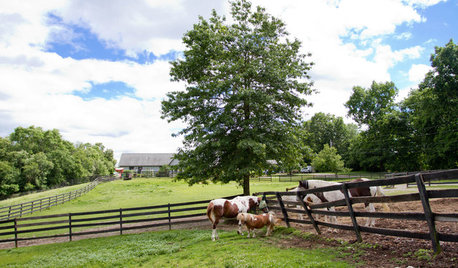




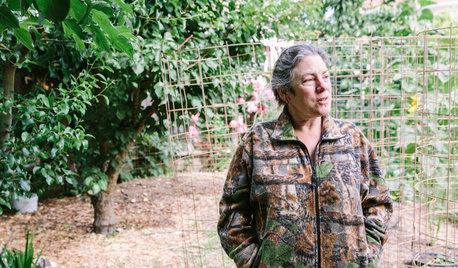
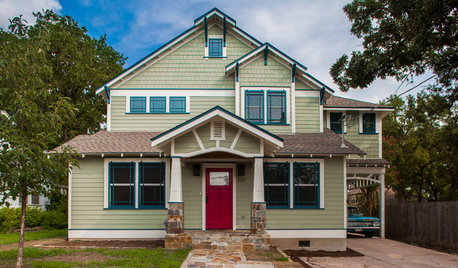
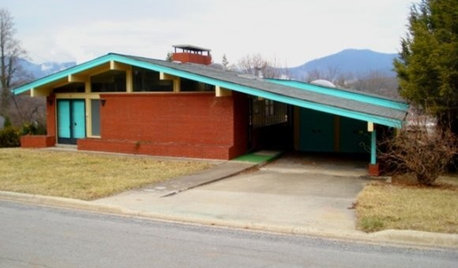




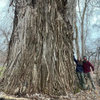

ken_adrian Adrian MI cold Z5
tsugajunkie z5 SE WI ♱
Related Discussions
Post-Tornado Check-In Thread
Q
Alabama/ SE Tornadoes - is everyone OK?
Q
Tornado/Storm safety
Q
Tornado, hurricane, or earthquake?
Q
hogmanay
lou_spicewood_tx
hogmanay
tsugajunkie z5 SE WI ♱
wisconsitom
krnuttle
Toronado3800 Zone 6 St Louis
wisconsitom
krnuttle
ilovemytreesOriginal Author
ilovemytreesOriginal Author
grinder12000
ilovemytreesOriginal Author
farmboy1